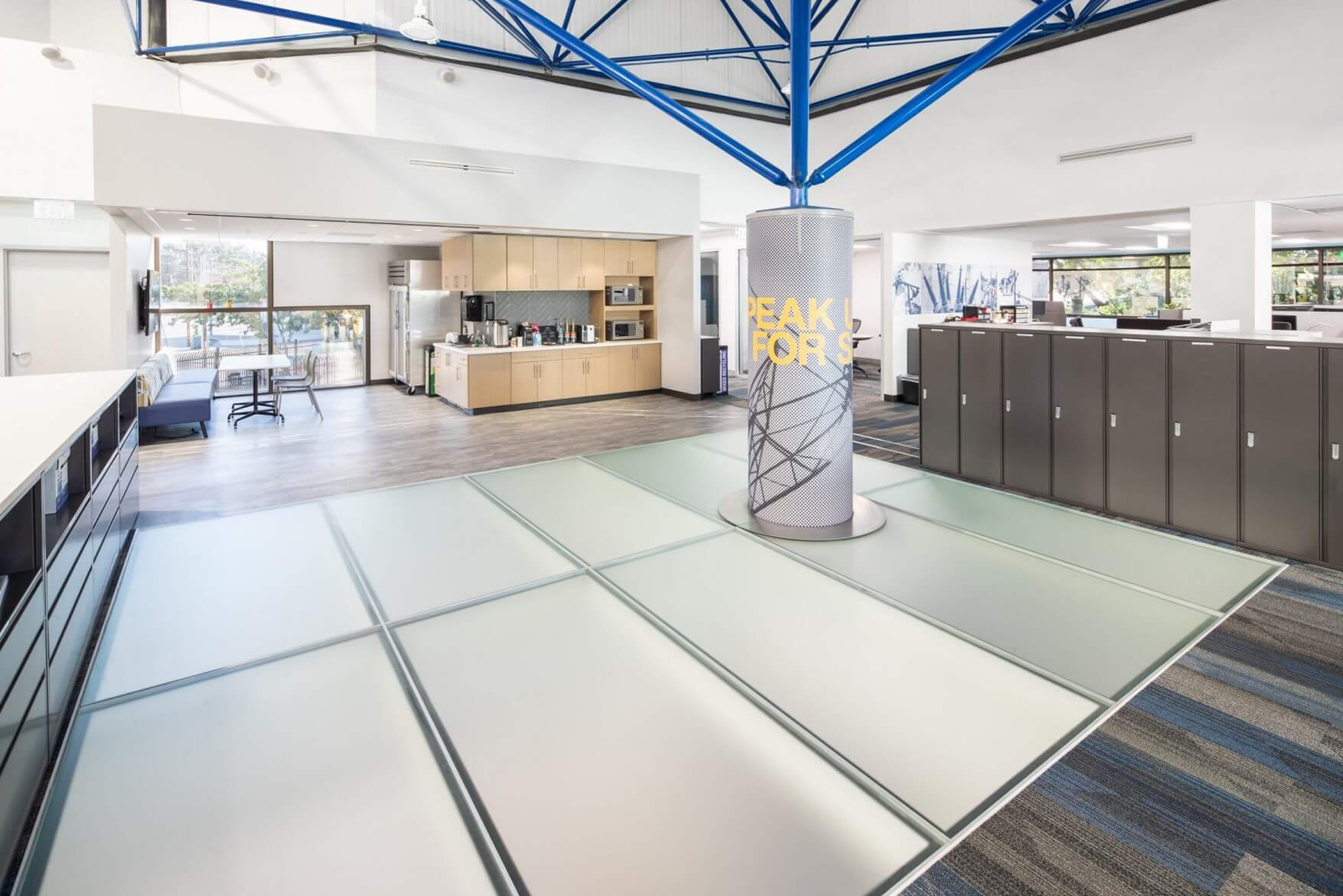
Glass floors have undergone a remarkable transformation, evolving from structural novelties to sought-after features in modern architecture. Whether used for enhancing natural light or creating striking focal points in contemporary home design, the glass floor is a testament to innovation and style. From grand entrances to unique spaces like wine cellars and staircases, glass flooring adds an unparalleled aesthetic while maintaining functionality.
The Origins of Glass Flooring
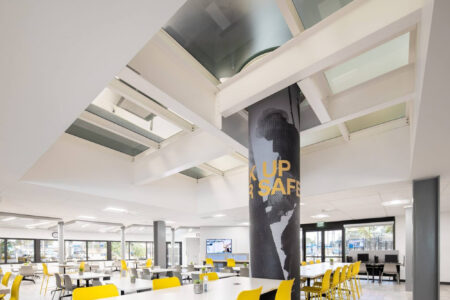
The history of glass floors dates back to their early use in industrial and commercial settings, where durability and transparency were valued for practical reasons. As glass manufacturing technologies advanced, architects began experimenting with glass flooring in residential spaces. Early designs primarily focused on functionality, but they laid the groundwork for the stunning applications we see today in contemporary home design.
Glass Floors in Modern Architecture
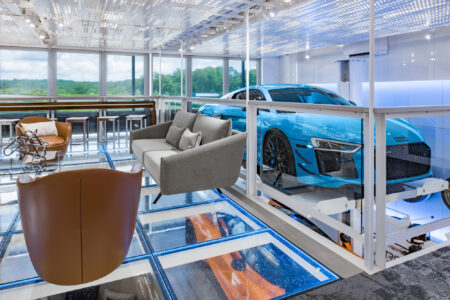
Today, glass floors have become synonymous with luxury and innovation. They’re often incorporated into spaces like roof decks and basements to enhance natural light while creating a visually striking feature. Glass flooring is also used in unique areas, such as the landing of a staircase, where it bridges style and practicality. These modern applications show how far glass floors have come, turning ordinary spaces into architectural masterpieces.
Unique Applications: Wine Cellars and Stairs
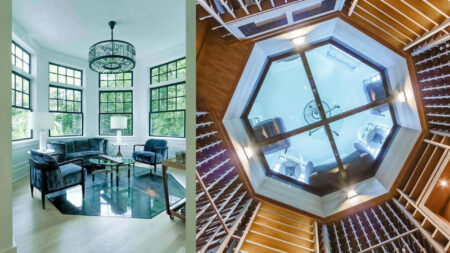
One of the most captivating uses of glass flooring is in creating a glass wine cellar. These installations allow wine collections to be displayed beautifully from above, transforming storage into an art form. Similarly, glass stairs have gained popularity for their sleek, contemporary look and ability to let light flow freely through multilevel spaces. These applications demonstrate the versatility and appeal of glass floors in contemporary home design.
The Role of Natural Light in Glass Floor Design
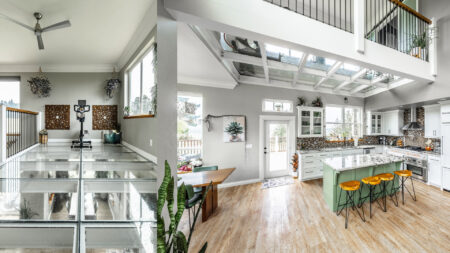
Natural light is a defining feature of glass floors, making spaces feel open, bright, and connected. The transparency of glass flooring allows light to pass through multiple levels of a home, reducing reliance on artificial lighting and creating a more inviting atmosphere. By prioritizing natural light, glass floors not only enhance aesthetics but also contribute to energy-efficient design principles in modern architecture.
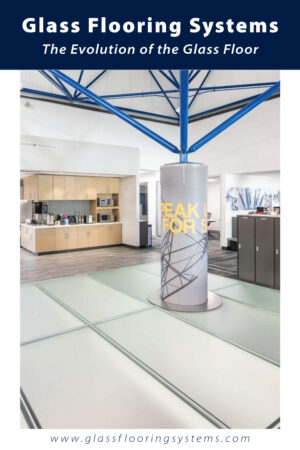
The evolution of the glass floor reflects the ingenuity and creativity of modern design. From functional beginnings to its current role in contemporary home design, glass flooring has become a staple for those seeking elegance and innovation. Whether used in glass wine cellars, stairs, or other unique applications, the glass floor continues to shape architectural trends while enhancing natural light and redefining modern living.
.png)




